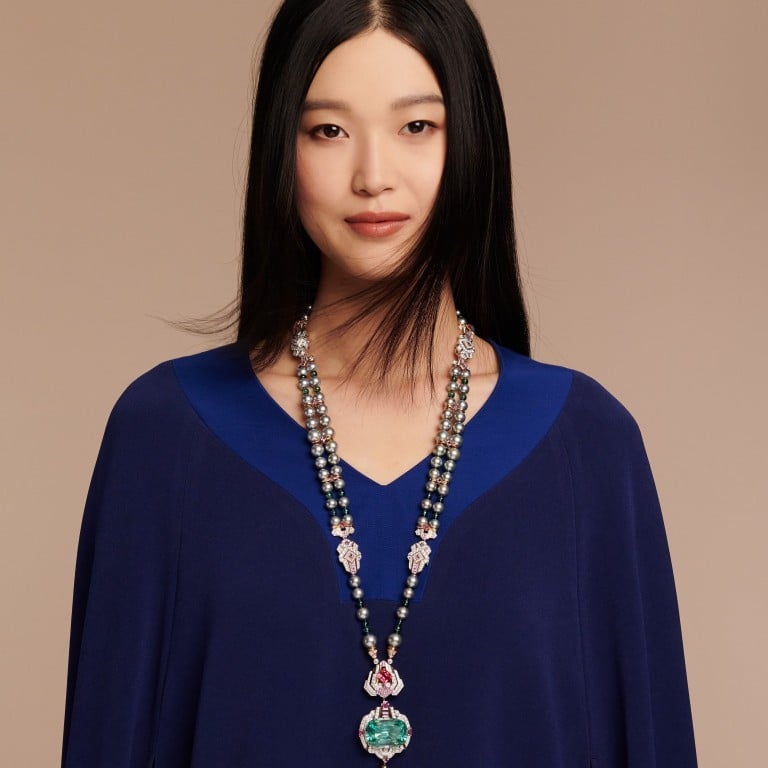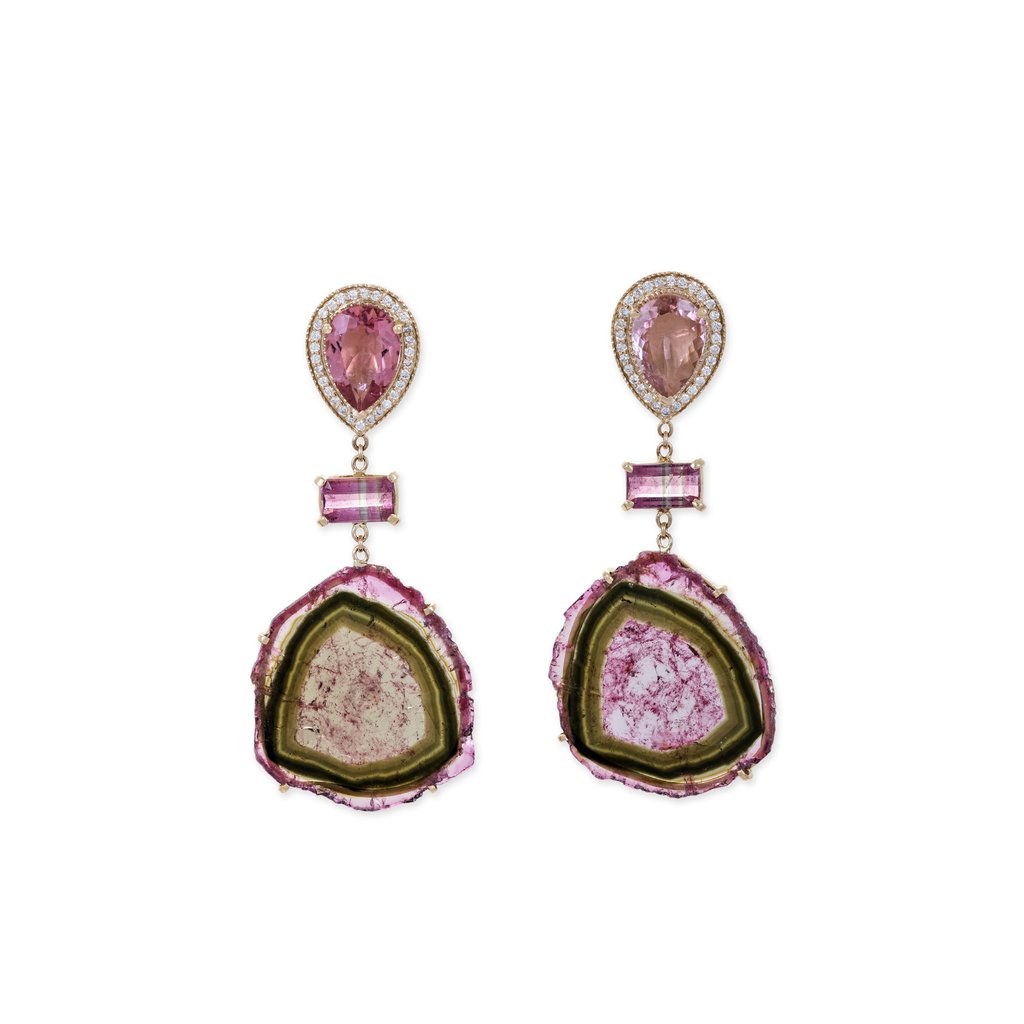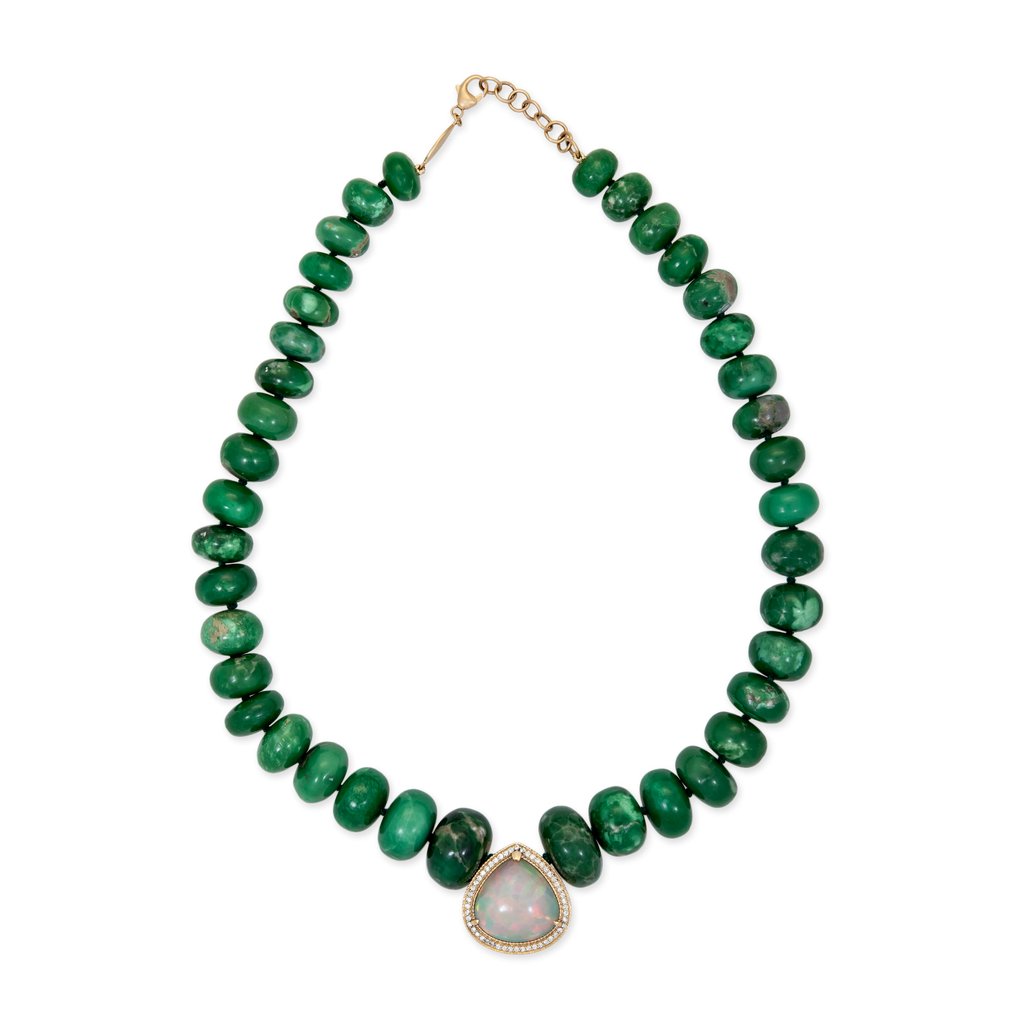What are ‘semi-precious’ stones? From Louis Vuitton to Cartier and Van Cleef & Arpels, brands are using tourmalines, aquamarines and opals to bring a blaze of colour – and maybe even good fortune

- Francesca Cartier Brickell’s book on Cartier talks up semi-precious stones, as do Victoria Lampley Berens of jewellery consultancy The Stax and Sophie Howard, founder of By Pariah
- By Pariah’s jewellery has been seen on Michelle Obama and Emma Corrin, while Jacquie Aiche, Le Vian and Tiffany & Co. are three more brands leaning into the trend
Jewellery makes for a sparkling barometer of evolutions in taste and desires, frequently revealing something of the changes and upheavals in how we live.

It’s a philosophy that works well now and speaks of the way jewellers (and their clients) are looking beyond diamonds, rubies, sapphires and emeralds to create something entirely different.
French jeweller Van Cleef & Arpels describes its semi-precious stones as “ornamental”, and uses them in pieces such as a carnelian and diamond Perlée ring. Meanwhile, Francesca Amfitheatrof chose zircon, the oldest known gemstone, for the incredible Rupture necklace in Deep Time, her most recent high jewellery collection for Louis Vuitton.


Beyond aesthetics, as jeweller Jacquie Aiche notes, semi-precious stones are often believed to be embedded with healing and protective properties. Deciding what she needs from a gemstone is often how Aiche begins designing a collection.
“I have a collection of semi-precious and precious stones that I’ve gathered throughout the years. I see what stone I’m drawn to and then I will start designing from there. My favourite gemstone at the moment is tourmaline,” Aiche says.
Choosing the right kind of semi-precious stones, says Aiche, is an intuitive thing and depends on the type of healing needed.